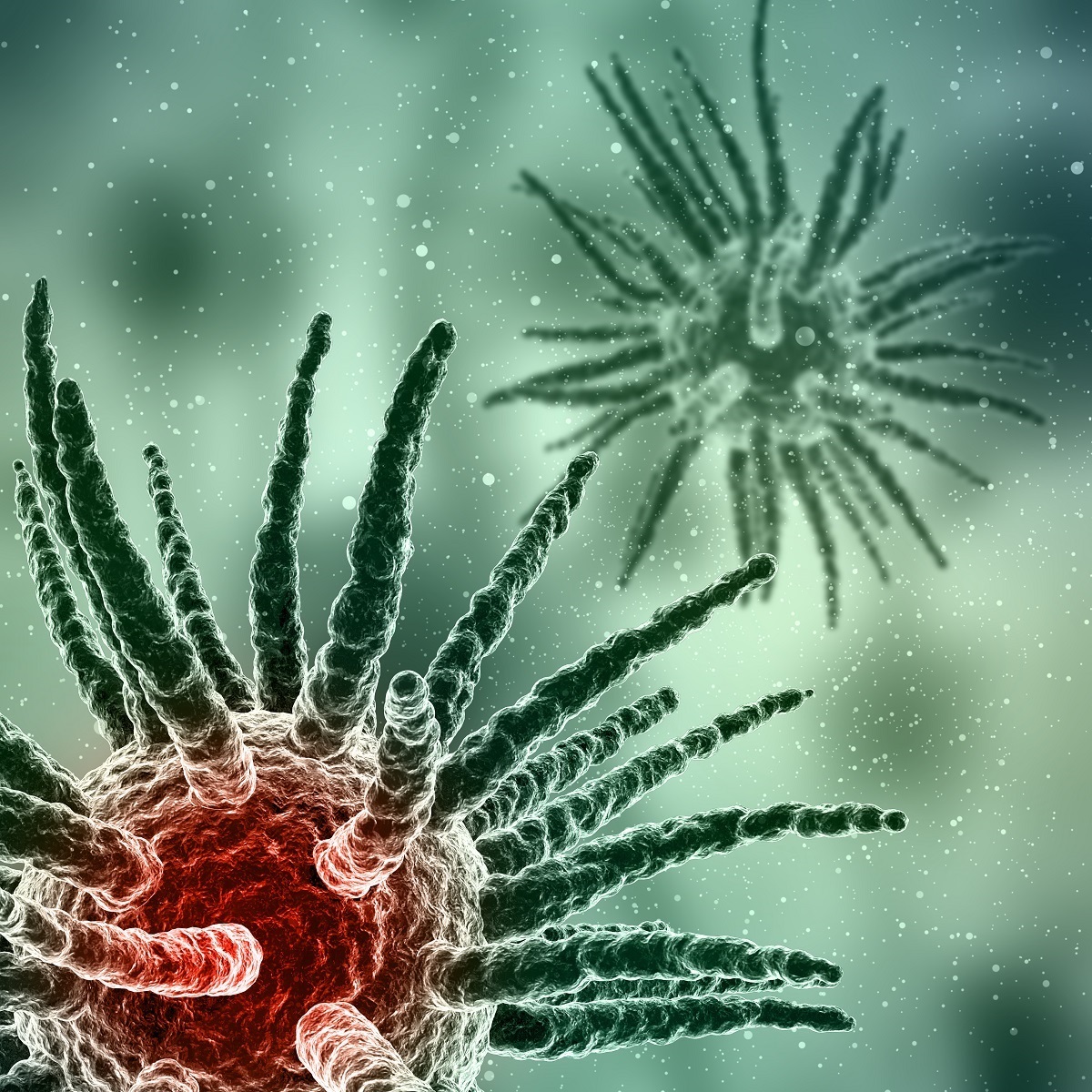KEY TAKEAWAYS
- The study aimed to develop robust prediction models using exosome lncRNAs for improved diagnosis and treatment of OC patients.
- Researchers noticed significant predictive capabilities of the ERLS model, suggesting its potential to enhance clinical decision-making for OC patients.
Ovarian cancer (OC) represents a formidable challenge in oncology, boasting the highest mortality rate among gynecological malignancies. Despite ongoing efforts, current treatment modalities remain limited and often ineffective, underscoring the critical need for the identification of reliable biomarkers to enhance patient outcomes.
Exosome-derived long non-coding RNAs (lncRNAs) have emerged as promising candidates for biomarker discovery, given their ability to carry genetic information and regulate various cellular processes. However, with the previous investigations, Yongjia Cui and the team primarily focused on exosome-related genes and employed the Lasso algorithm to construct prediction models, which may lack robustness and generalizability.
Researchers performed an inclusive analysis utilizing data from 420 OC patients sourced from TCGA datasets, which were further divided into training and validation sets. External validation was conducted using the GSE102037 dataset. lncRNAs associated with exosome-related genes were selected via Pearson analysis. Prognosis-related lncRNAs were filtered using univariate COX regression analysis, and overlapping lncRNAs were identified as candidate biomarkers for machine learning.
Leveraging 10 machine learning algorithms and 117 algorithm combinations, optimal predictor combinations were selected based on the C index. Subsequently, the Exosome-related LncRNA Signature (ERLS) model was constructed using multivariate COX regression. Patients were stratified into high- and low-risk groups based on median risk scores from the training datasets. The analysis inlcuded Kaplan-Meier survival analysis, time-dependent ROC analysis, immune cell infiltration assessment, evaluation of immunotherapy response, and examination of immune checkpoints.
About 64 lncRNAs underwent a machine-learning process, resulting in the selection of 20 lncRNAs using the stepCox (forward) combined Ridge algorithm to construct the ERLS model. Kaplan-Meier survival analysis revealed a lower survival rate in the high-risk group. The area under the curve (AUC) for predicting overall survival (OS) at 1, 3, and 5 years was 0.758, 0.816, and 0.827, respectively, in the entire TCGA cohort. xCell and ssGSEA analysis indicated higher immune cell infiltration in the low-risk group, potentially activating cytolytic activity, promoting inflammation, and stimulating T-cell co-stimulation pathways.
Furthermore, the low-risk group exhibited elevated expression levels of PDL1, CTLA4, and higher tumor mutational burden (TMB). The ERLS model demonstrated predictive capability for response to anti-PD1 and anti-CTLA4 therapy. Notably, patients with low PDL1 expression or high CTLA4 expression coupled with low ERLS levels showed significantly improved survival outcomes, whereas those with high ERLS and low PDL1 or CTLA4 expression had the poorest prognosis.
The study concluded that the constructed ERLS model offers promise in predicting prognostic risk and immunotherapy response, thereby optimizing clinical management for OC patients.
The study was sponsored by Beijing Municipal Natural Science Foundation, Innovation Team and Talents Cultivation Program of National Administration of Traditional Chinese Medicine, Research on the Treatment of Advanced Ovarian Cancer with the Traditional Chinese Medicine Preparation of Yiqi Huoxue Jiedu Prescription.
Source: https://pubmed.ncbi.nlm.nih.gov/38404588/
Cui Y, Zhang W, Lu W, et al. (2024). “An exosome-derived lncRNA signature identified by machine learning associated with prognosis and biomarkers for immunotherapy in ovarian cancer.” Front Immunol. 2024 Feb 9;15:1228235. doi: 10.3389/fimmu.2024.1228235. PMID: 38404588; PMCID: PMC10884316.



